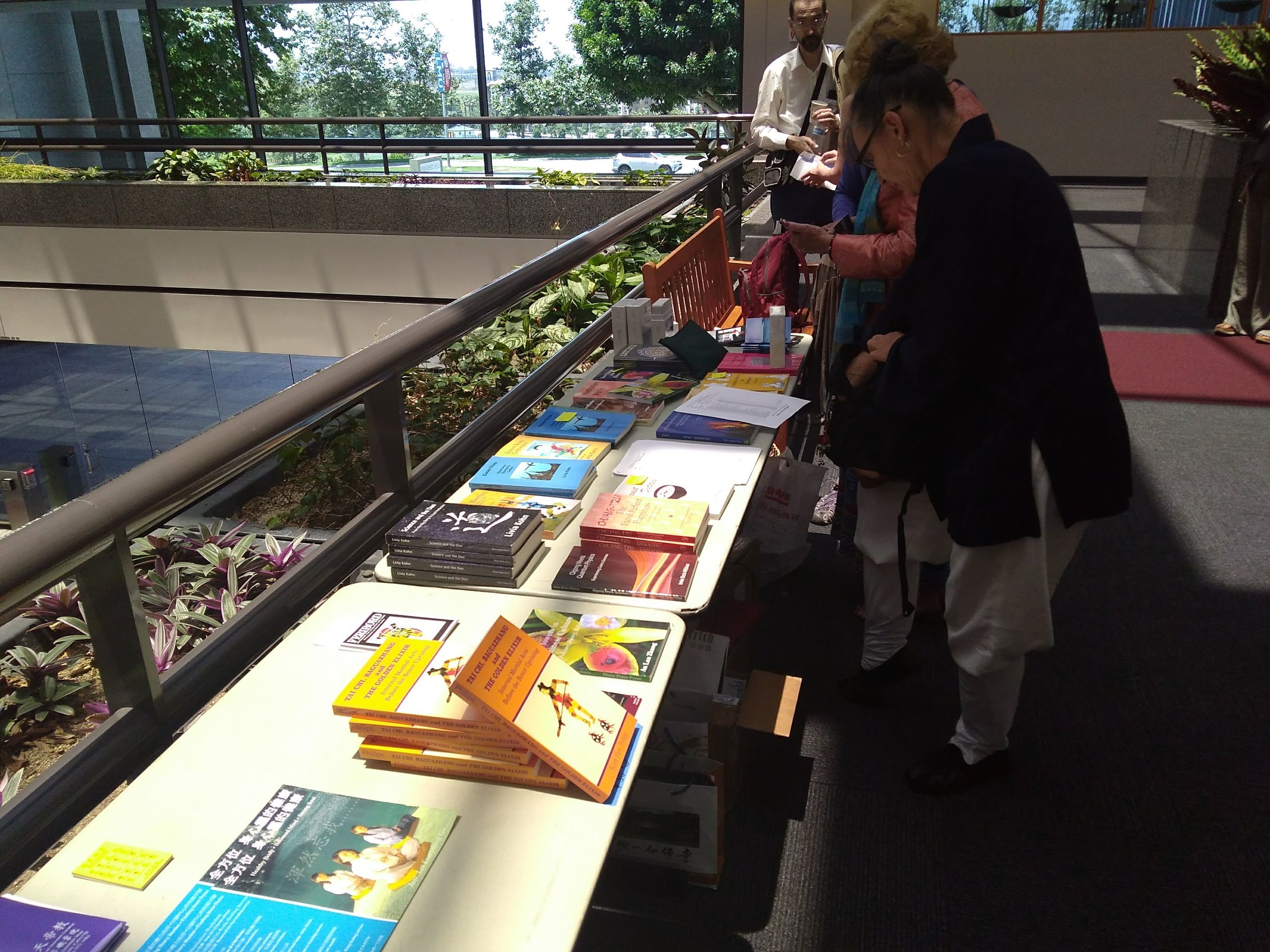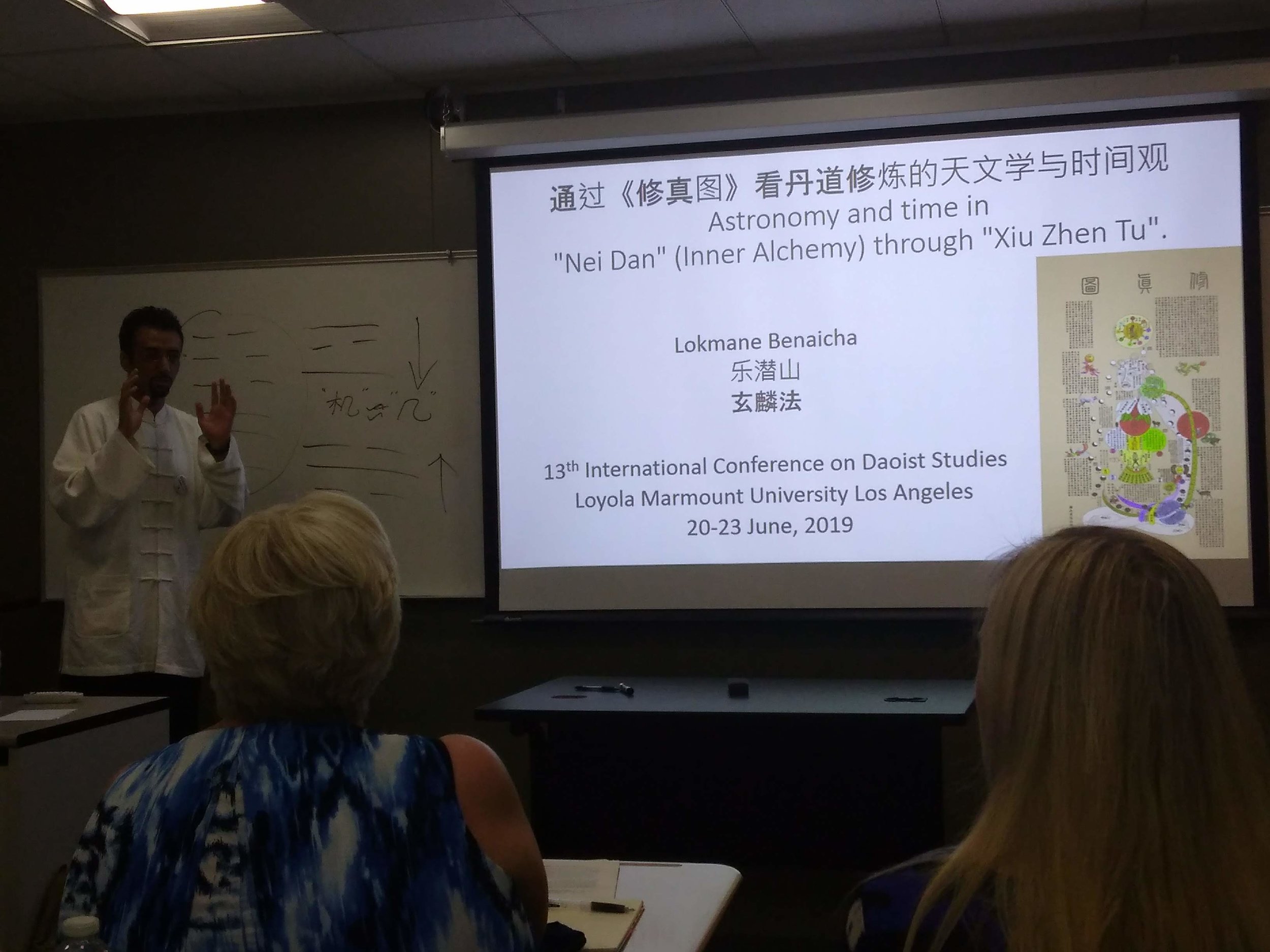Daoist Conference in Los Angeles Report
/I had a great time at the Daoist Conference in LA. Sold a good number of books and got to have long conversations with over 30 scholars.
Particularly excited about Sogdian Dance during the Tang Dynasty (600~900 BCE)—updates will follow.
Had great conversations about Chinese University Indoctrination. It is not “brainwashing” because the scholars that go through it are aware of it. It is a series of techniques for making sure that scholarship does not go outside the bounds of current Communist Doctrine. I learned that at the last Daoist Conference, which was held in Beijing at Peking University, some 70% of papers were censored because they contained banned topics or terminology. A total disaster.
The cohering topic of the conference was “time.” I thought too many of the papers were stretching to make their otherwise interesting discussions about “time.” But there was some great stuff. Time is so important to Daoism that it is sometimes equivalent to Qi.
I had several wonderful discussions about the Monkey epic’s (Sun Wukong/Xiyouji) inclusion of deep knowledge about the Golden Elixir as jokes, metaphors, codes, and direct teachings. And about current Daoist lineages which are using it as their primary teaching text. Wonderful. And how the same is true about Canonization of the Gods (Fengshen Yanyi), as I show in my new book. Canonization contains a great deal of information about Daoist Ritual. In fact, Canonization was most important source of general knowledge about Daoism before the Boxer Uprising. That’s why it is so important in understanding the creation of Baguazhang.
My workshop was fantastic. I love doing that kind of thing. A room full of knowledgeable/scholarly people rolling around laughing together and saying things like “my mind is blown,” or “you make this tangible in a way that is utterly convincing.”
Experienced practitioners also love my teaching. Not just because I re-enchant what they already love. But because I am giving a broad overview that puts their “methods” in context. Specifically in the context of the view that inspired the methods, and the fruition which they were designed to produce. Without those insights, Laozi’s “knowing when to stop” is in accessible. The beauty of having the big overview is that methods can be disheveled, as my teacher Liu Ming used to put it. We can discard systemization and replaced it with kinesthetic learning and spontaneous cognitive recognition. Systemization itself is just a tool.





